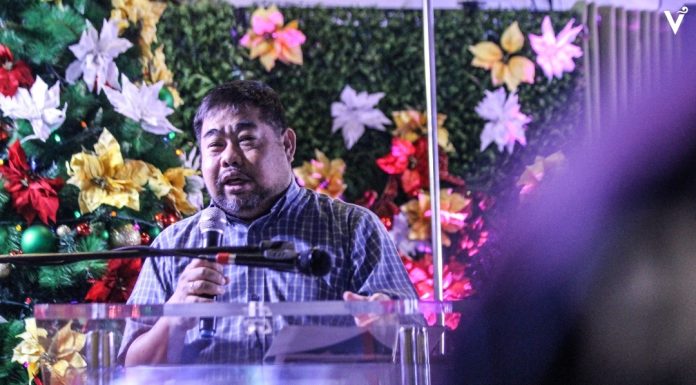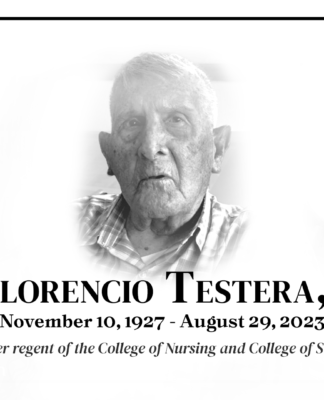In 1999, Cebu City Judge Martin Ocampo was found dead inside his hotel suite in Lapu Lapu City. The National Bureau of Investigation (NBI) said Ocampo committed suicide by shooting himself, but forensic tests made by Prof. Jerome Bailen of the University of the Philippines (UP) suggested that the victim was “beaten to death.”
Tests made by the NBI showed that the progressive bluish bruises on the victim’s lips and nails were enough proof that he indeed shot himself. On the other hand, Bailen claimed that the victim had a cardiac failure after absorbing the first few blows in the chest from the killer. In addition, the victim was reported to have two black eyes.
Forensic medicine helps answer questions about a person’s death. Just by close observation of the color of the victim’s lips and nails, forensic experts can determine the cause of death, which may be useful in legal proceedings.
The law and medicine
Experts working closely with forensic scientists include medico-legal practitioners, who, according to lawyer-physician Teresita Sanchez in her book, Forensic Medicine Facts the Public Must Know (UST Publishing House, 2001), may not necessarily be lawyers, but just the same, handle and study evidence.
“Legal medicine is primarily the application of medicine to legal cases. Forensic medicine on the other hand is the application of medical science to elucidate legal problems,” Sanchez said, citing Dr. Pedro Solis, author of the first official textbook on forensic medicine in the Philippines.
Meanwhile, Dr. Peter Ng, a Legal Medicine professor in the UST Faculty of Civil Law, told the Varsitarian that his knowledge in both science and law helps him when handling cases.
“Being a medico-legal expert is advantageous because you know the law, and you can handle your cases from another viewpoint—as a scientist,” Ng said.
However, medico-legal practitioners like Ng are usually not the ones seen on the actual crime scene. In the Philippines, the police handle the case, while forensic scientists handle the bodies and other physical evidence only in the crime lab.
“One of the most challenging cases I have handled are those of the battered children. At first glance, one will not know the reason for the bruises and other skin manifestations,” Ng said.
A lawyer in the crime lab
“The forensic scientist is a scientist, a criminalist, and a witness. I wanted to be a lawyer, not the witness,” said Atty. Maria Elena Enriquez, also a Legal Medicine professor in Civil Law.
Although she does not lay a finger on the evidence, Enriquez makes sure she is in the crime lab when handling the cases of her clients.
“In court, I have to prove that this is the process you do in order to prove that something is altered, for example, personal checks. I have to prove that the PNP (Philippine National Police) crime lab followed the procedure carefully, in order to prove the validity of my case,” Enriquez said.
In the Philippines, the counterpart of the CSI is the Scene of the Crime Operators.
“Working silently behind the police line, the Scene of the Crime Operatives (SOCO), the Philippine counterpart of CSI (Crime Scene Investigation), helps in law enforcement and the solution of crimes,” Enriquez said.
“The difference is, on television the person examining the crime scene is the same person going to the lab and examines the evidence. Here, the SOCO collects the evidence, and then brings them to the crime lab and it’s the forensic scientists in the crime lab who examine them.”
Crime scene investigators, according to Sanchez in her book, must persevere and be conscientious about their work. In every murder crime scene, careful handling of every photograph of the dead body, every bloodstain, and every bullet hole can either make or break the justice system.
Study of evidences involves knowledge in medicine, especially when dealing with a body like Ocampo’s. Laboratory findings are also useful during legal proceedings. Forensic science, where law and medicine are key fields for investigation, magnifies and criticizes evidences, making it the greatest known tool for solving crimes.















